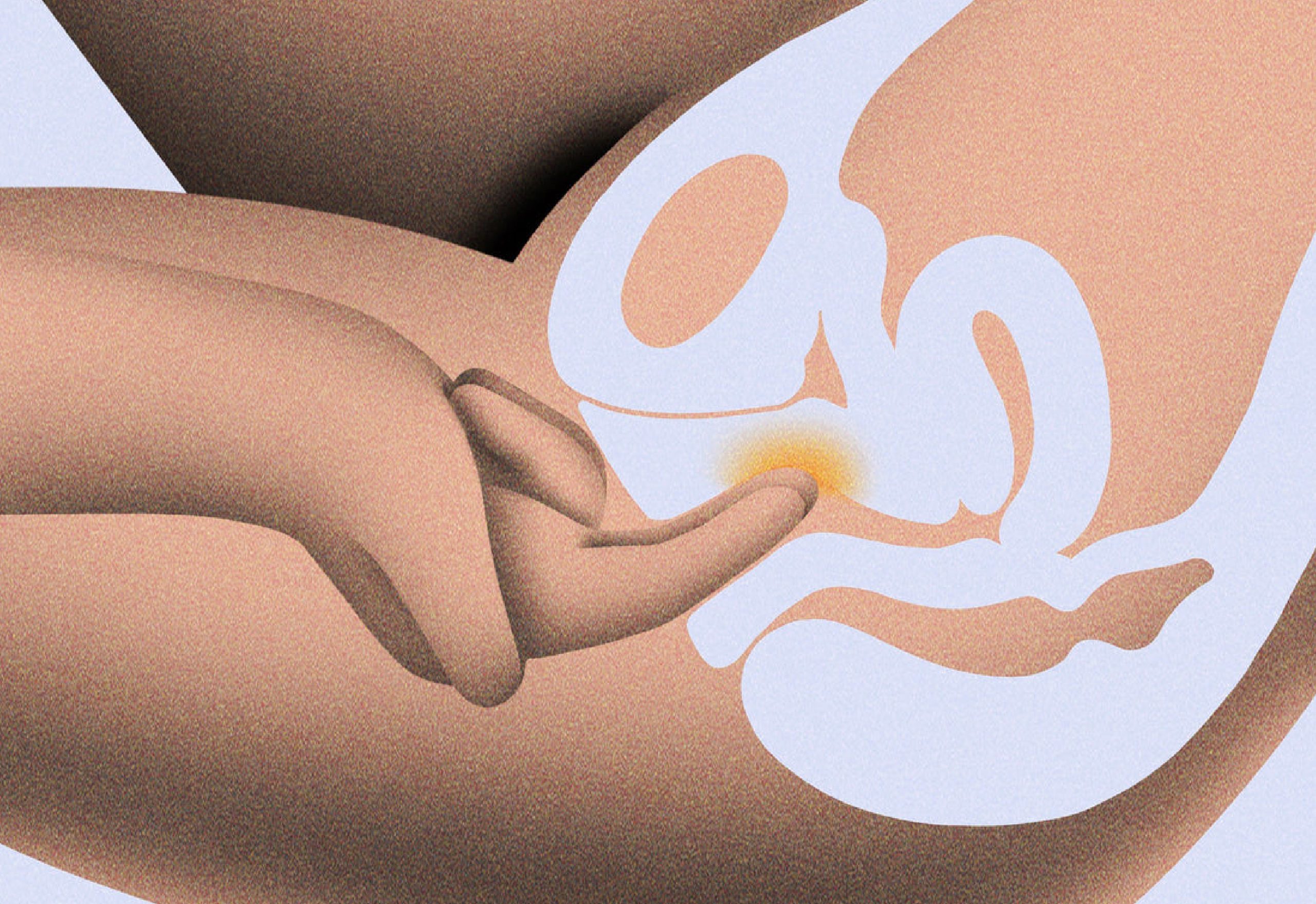Introduction
The G-spot, named after German gynecologist Ernst Gräfenberg, is believed to be an erogenous zone that can lead to intense sexual pleasure and orgasm. While its existence and location have been debated, researchers and experts continue to study and provide valuable insights into this enigmatic pleasure spot.
What is the G-Spot?
The G-spot refers to an area inside the vagina that, when stimulated, can lead to powerful sensations and potentially orgasmic experiences. It is described as a small, sensitive region that may vary in size and sensitivity among individuals.
Dispelling Myths and Misconceptions
There are several myths and misconceptions surrounding the G-spot. One common myth is that all women have a G-spot and that its stimulation guarantees orgasm. However, it’s important to note that not all women may experience pleasure or orgasm from G-spot stimulation, and that sexual experiences and preferences can vary greatly.
Understanding the Anatomy
To understand the G-spot better, it’s crucial to have a basic knowledge of female anatomy. The G-spot is believed to be located on the front wall of the vagina, about 2 to 3 inches (5 to 7.5 centimeters) from the vaginal opening. It is typically described as a rough or textured area that can feel slightly raised or swollen when aroused.
Locating the G-Spot: Expert Insights
Top experts in the field have shared valuable insights on locating the G-spot. Many believe that the G-spot can be found by inserting a finger or a curved sex toy into the vagina and gently pressing against the front wall. The G-spot may feel different from the surrounding tissue, with a distinct texture or increased sensitivity.
It’s important to note that not all individuals may have a highly responsive G-spot, and its sensitivity and location can vary. Some experts suggest that exploring and experimenting with different pressures, angles, and techniques can help in discovering what works best for each individual.
Exploring Stimulation Techniques
Stimulating the G-spot can be an exciting exploration for individuals and their partners. Various techniques can be tried, such as using a “come-hither” motion with the fingers or utilizing specific G-spot-targeting sex toys. Experimentation, communication, and feedback from the individual are essential in finding the most pleasurable stimulation techniques.
Communication and Experimentation
Open and honest communication with a partner is key when exploring the G-spot. Each individual’s experience and preferences can differ, so it’s important to discuss desires, boundaries, and comfort levels. By encouraging open communication and being receptive to feedback, partners can enhance their sexual experiences and deepen their intimacy.




